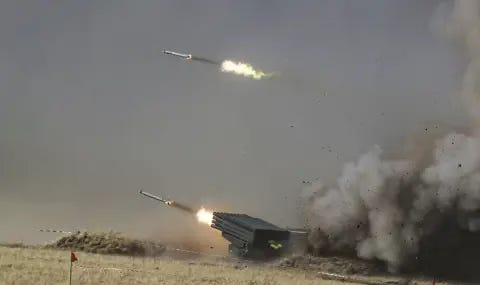Russian Momentum
Ukraine has no hope of prevailing in the war. That means Russia will decide how far to take the conflict, in terms of territorial conquest. Anglosphere press now registers that Ukraine is lost.
Russia’s Prosecution of the War in Ukraine: Can It Square the Circle of Probable Boundary Conditions?
Yves Smith (Naked Capitalism)
September 9, 2024
Negotiations over probable boundary conditions is a perspective absent from mainstream Western media. The not-Russia hostile map-watchers and independent commentators, particularly those with some military or…





